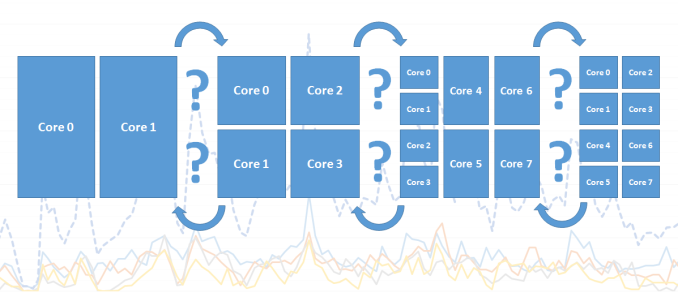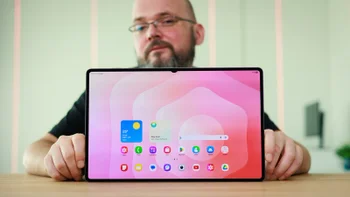Think multi-core chipsets are a gimmick? Real-life Android study proves all cores matter

Their analysis is a thorough 16-pager, full of jargon and graphs for each usage scenario, but long story short - the more cores, the merrier, if load distribution and power management are done right. A cluster of four cores was more efficient than one with two, two separate clusters with small and big cores fared better than one heterogenous cluster, and so on. While most usage scenarios showed that four cores is the optimal variant at the moment for Android's multithreading universe, there were certain scenarios where all eight cores made a difference, such as website rendering and app installation. Given how often we use the browsers on our handsets, it's reassuring to know that octa-core setups aren't just a marketing gimmick, but there's actual use for them in real-life scenarios. The key conclusion?
In the end what we should take away from this analysis is that Android devices can make much better use of multi-threading than initially expected. There's very solid evidence that not only are 4.4 big.LITTLE designs validated, but we also find practical benefits of using 8-core "little" designs over similar single-cluster 4-core SoCs.
source: Anandtech
Follow us on Google News










Things that are NOT allowed:
To help keep our community safe and free from spam, we apply temporary limits to newly created accounts: